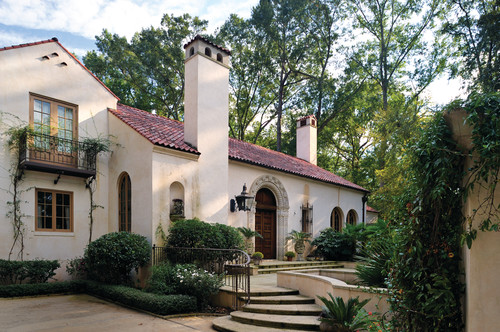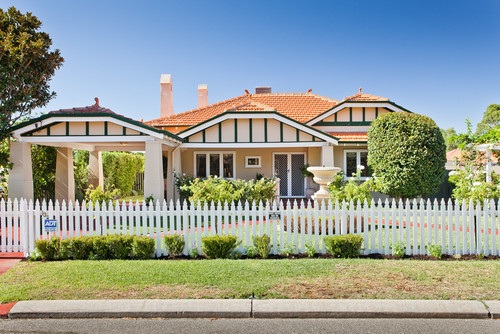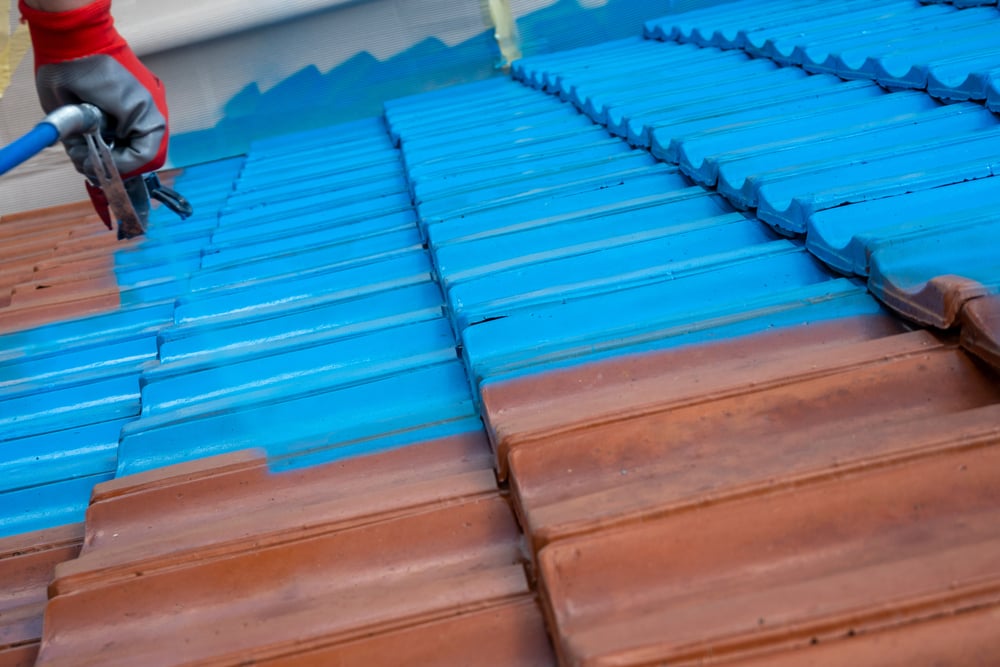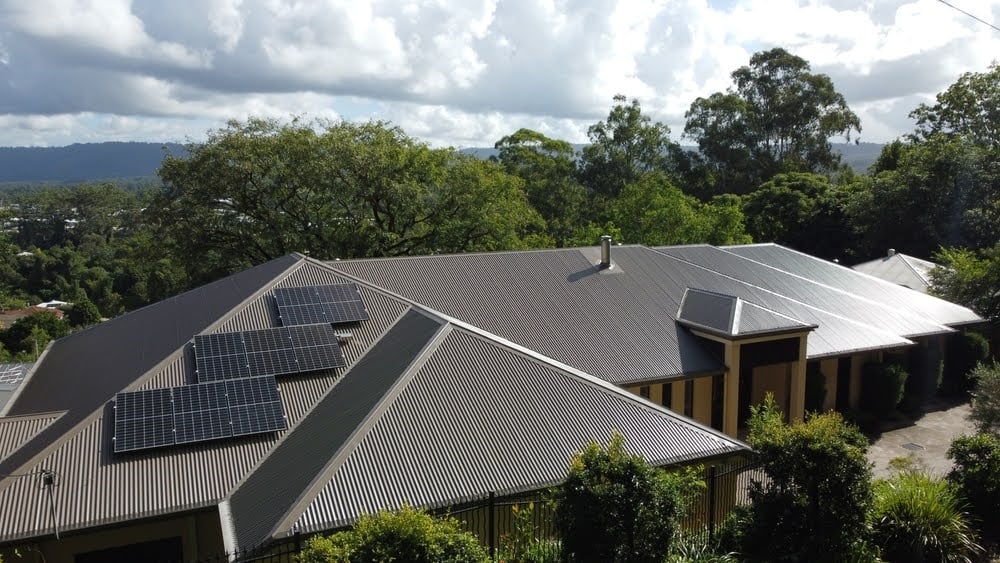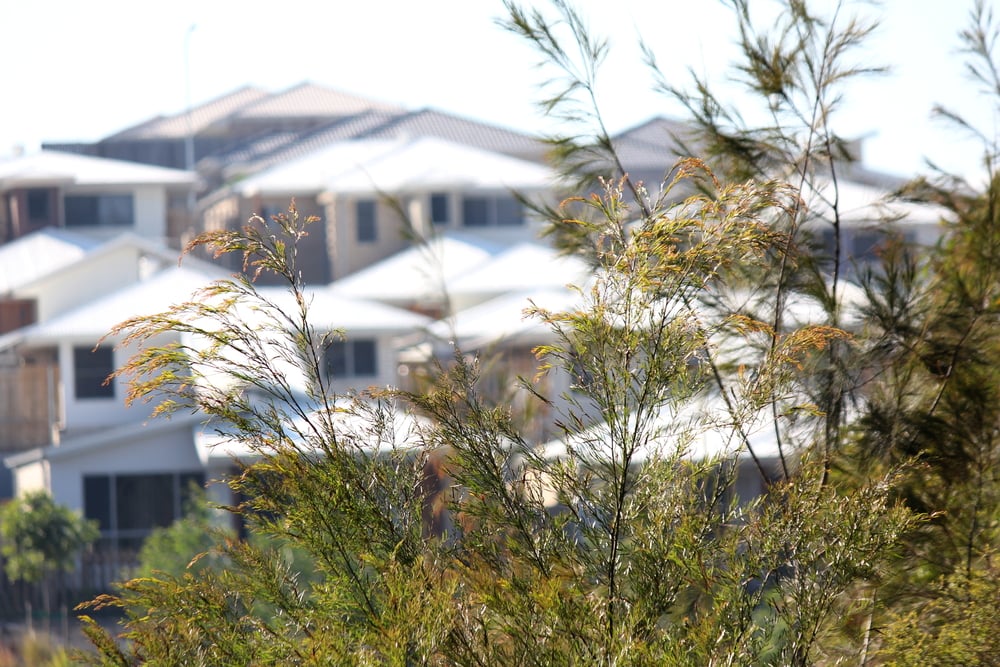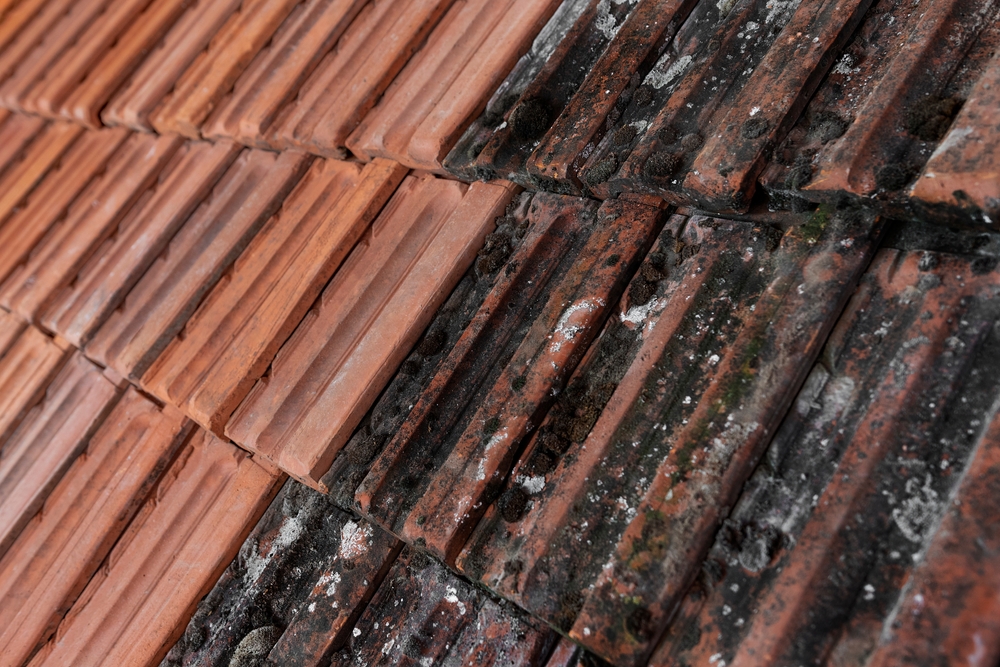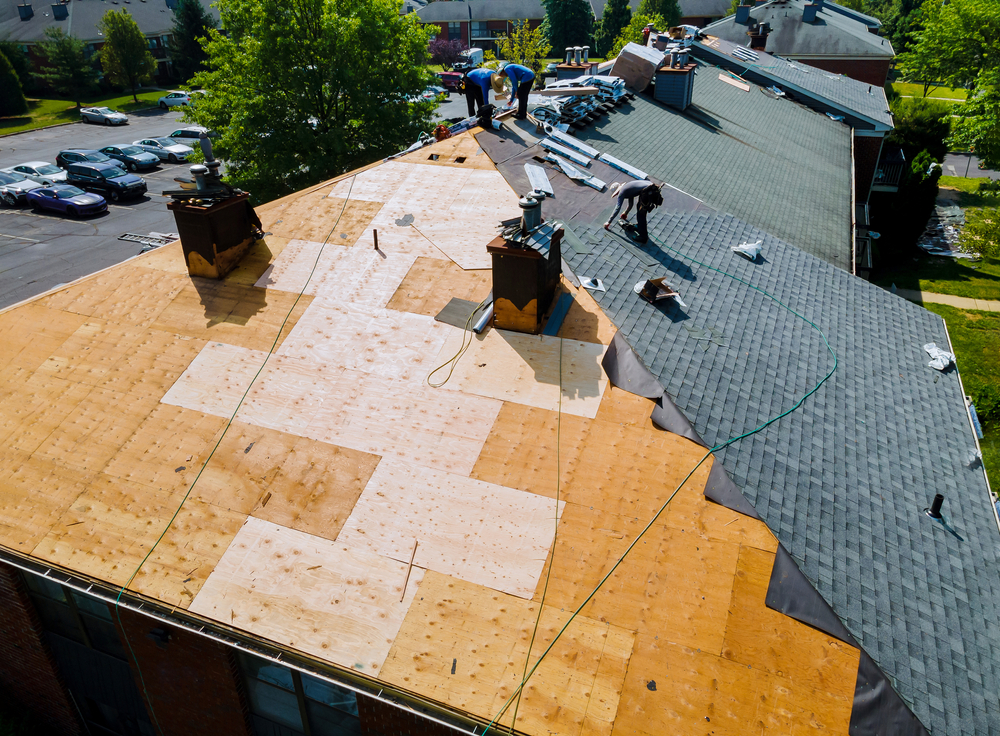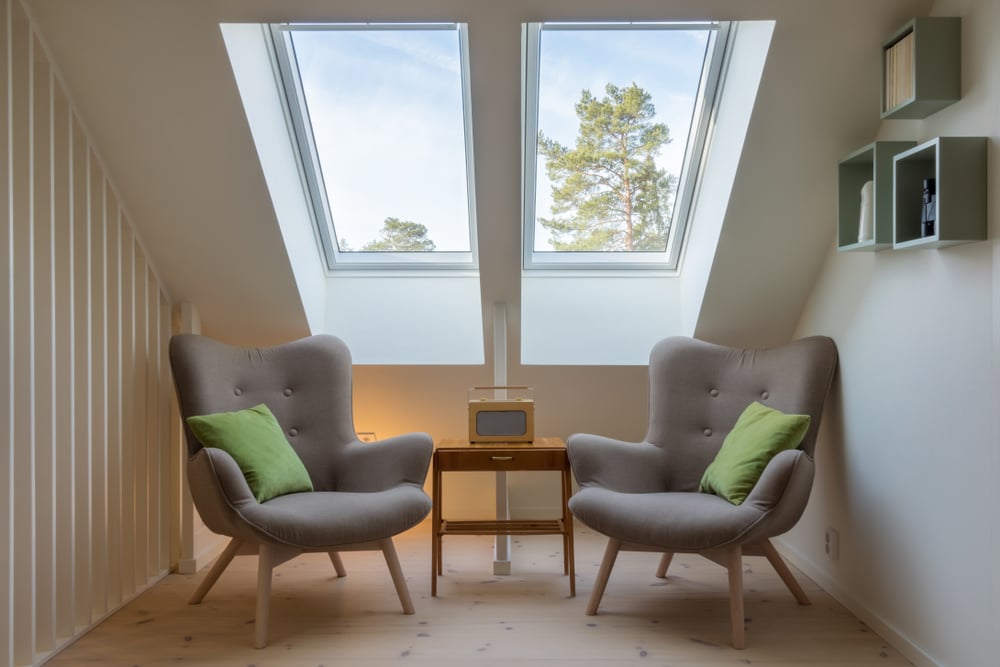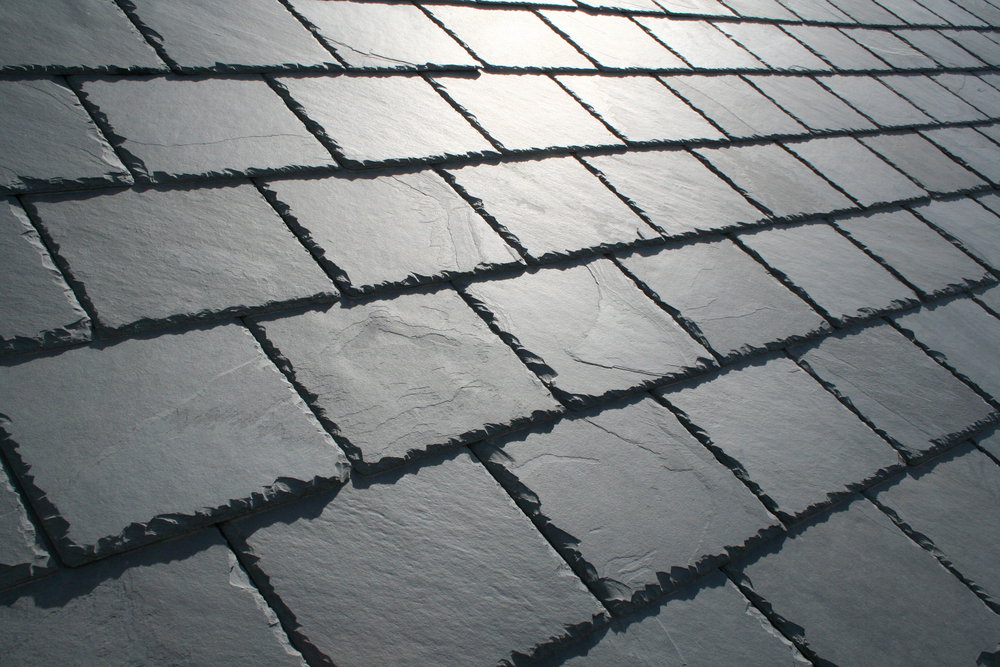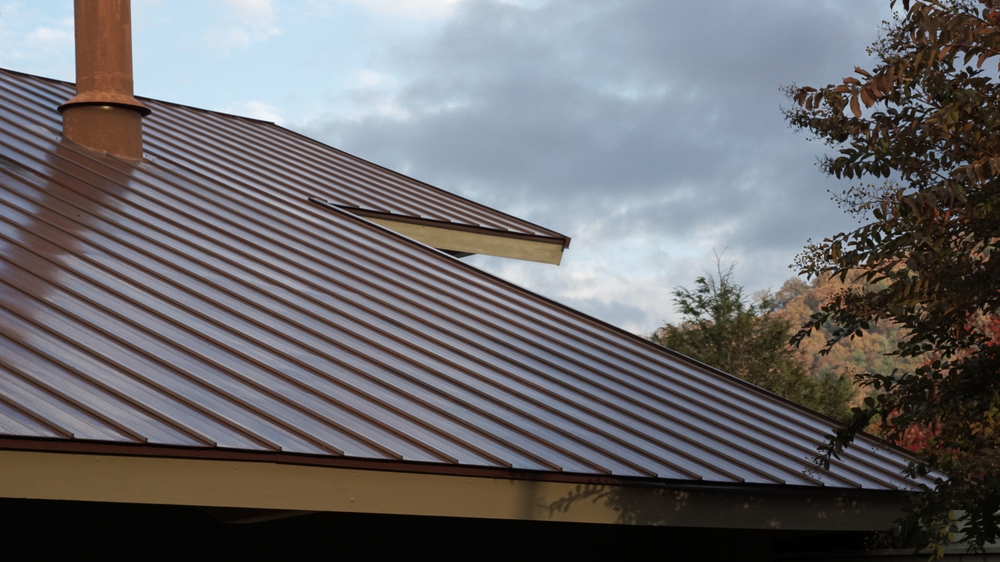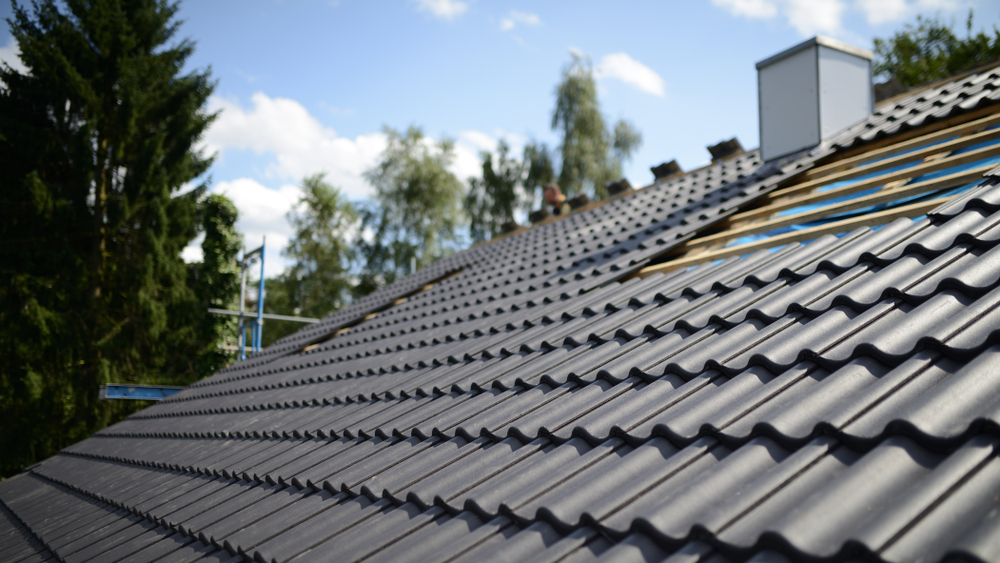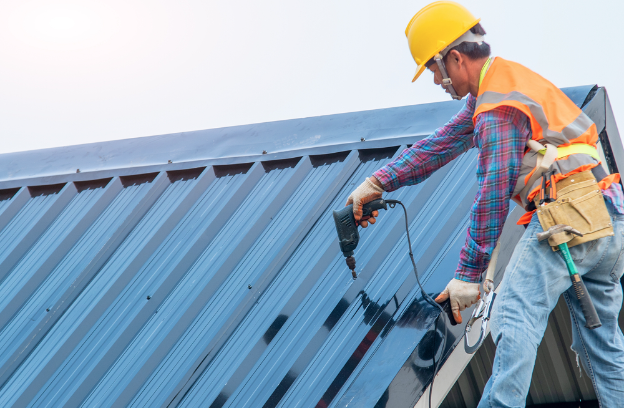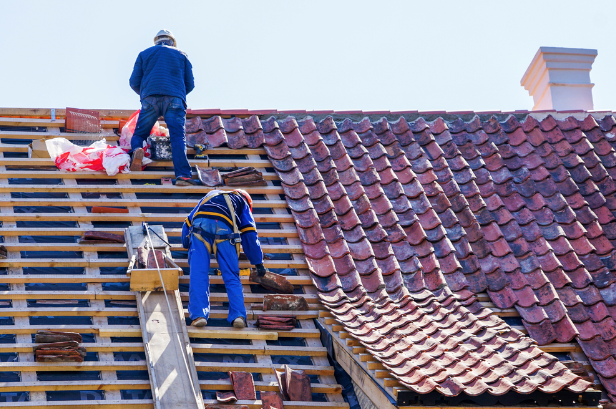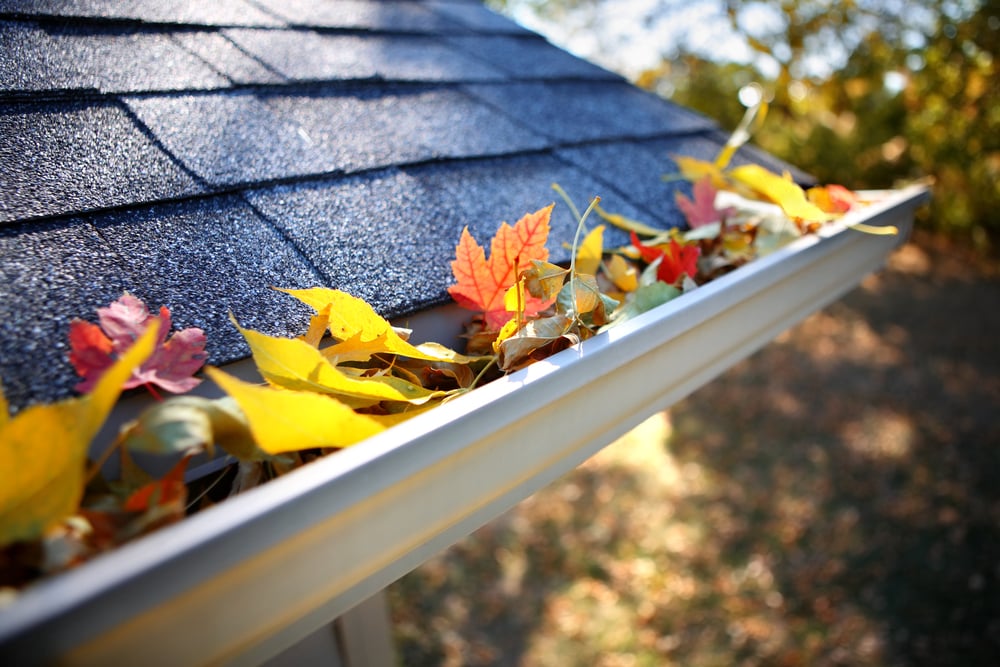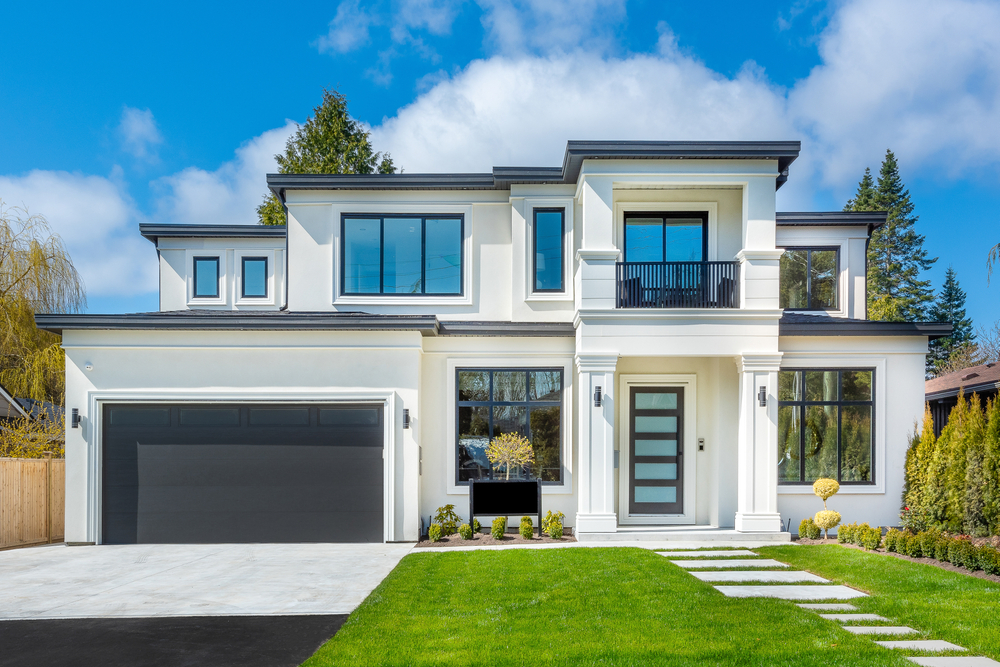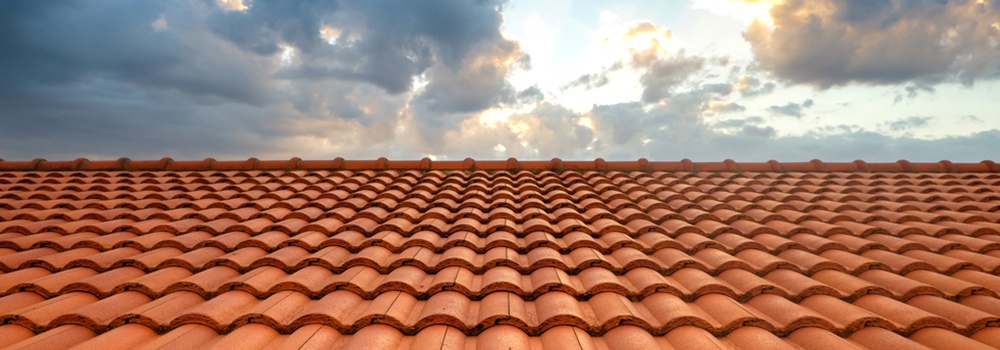
Oct
A closer look at Terracotta Tile Roofs
So you’ve chosen to have a terracotta tile roof for your home - have you considered what this really means for your home? In this post, we take a closer look at Terracotta Roof tiles and cover all aspects from its history to kinds of tiles you can get and what it means for terracotta tile roof restoration.
Terracotta
Terracotta roof tiles make some of the most beautiful roofs you can think of. They come in many shades, shapes, sizes and colours and are considered to be a premium type of roof tile of high quality and cost. They’ve brought beauty and character to the roofscapes of Europe and Asia and has stood the test of time.
Terracotta is a clay-based unglazed ceramic although the term can also be applied to glazed ceramics where the fired body is porous and red in colour.
The term is also used to refer to items made out of this material and to its natural, brownish orange color, which varies considerably. Terracotta roof tiles come in either flat or shaped styles (with variations within these), are available in gloss, matte or natural finishes, and are glazed in dark or light tones. Colours range from the palest ivory to deep reds and blackish hues.
Terracotta tiles are formed from blends of natural clays and shales which are kiln fired to lock in their colour and ensure ultimate durability.
Historical Importance in Australia
Terracotta tiles have proven to be a timeless feature in homes dating back to the late 1800’s through to today’s modern homes.
- Federation-style homes (1890-1915)
These homes were the first style of house to embrace making the roof a feature, with complex roof forms setting the tone for the grandeur of the architecture. One of the most popular styles of the Federation period was the Federation Queen Anne, characterised by steeply pitched roofs made of terracotta tiles with extensive decorative embellishments.
- California Bungalow-style homes (1915-1940)
Influenced by American architects, they were usually freestanding single-storey houses with informal lawns and gardens. Design features include a low-pitched gabled roof emphasising horizontal lines covered with terracotta tiles and heavily built verandah posts.
- Old English-style homes (1915-1940)
During this same time period, Australian’s were also influenced by the old english style of architecture which included nostalgia for English ways and tended to draw on the Tudor style. Features of the Old English home included textured red or ‘tapestry’ multi-coloured brickwork, dark-stained half timbering laid over brickwork, Gothic or Tudor styles sandstone trims to major doors and windows, centred or flattened ‘Tudor’ arches, steeply pitched terracotta tiled roofs and diagonal shaped chimney stacks with multiple ribs and elaborate stepped tops.
- Spanish Mission-style Homes (1925-1939)
Adopted by Australians was the sweeping global trend that is Spanish Mission homes. With a true terracotta tile focus on the roof.
- Imitations and cheaper options (1950-)
From the 1950’s concrete roof tiles were starting to appear, reflecting the financial limitations, material shortages, building restrictions which governed the size and the style of the housing in the years following World War II. Rising costs led to significant changes in housing styles. Much of the exterior decoration and chimneys disappeared.
Tile Shapes
Available in many different styles, giving you many options to suit your home, here are a few of the most common types:
- Plain - this represents the usual appearance of the roof tile, having a square or rectangular shape. Traditional Mediterranean houses and other old residences have been found to use this kind of terracotta tile.
- Peg - this is typically just a plain tile, although it has small holes for easier placement. The holes make it easier for roofers to fit it without disrupting other tiles. Peg tiles are practical to use in repair or replacement projects. If you’re going to renovate the whole roof, this kind of tile may not be suitable.
- Ornamental - have a small detail on the bottom of each tile, though this embellishment will have no functional contribution, it makes the roof look more pleasing. These come in different forms, from pointed tips to bullnose tiles with semi-circle edges.
- Camber - this terracotta tile is arched before being flamed in furnaces. It can either be a single or a double. Single tiles have one big arch, while double tiles have two smaller arches. This creates a wavelike appearance on the roof when viewed from below. Double-camber tiles are known to have better wavy looks than singles.
Why choose Terracotta Roof Tiles
There are several benefits of using terracotta roof tiles but there are some major ones that are the major draw cards to this choice of roofing material:
- Aesthetic - certainly, one of the first things you notice about terracotta roof tiles is they’re beautiful! They’re timeless and ageless, having been featured in many homes the world over throughout history.
- Life value - prospective buyers see terracotta as an added bonus when it comes to buying a house, these tiles are seen as giving a more ‘upmarket’ look which aids in the resale value so if you’re thinking of restoring your roof tiles or re-roofing to modernise your home, terracotta is always considered as long term investment.
- Acoustic performance - their density helps to reduce unwanted external sounds such as traffic, and other noise pollutants like aircrafts, trains, etc.
- Safety - they’re non combustible and can be safely used in bushfire-prone area. They’re also ideal for coastal locations that endure wind, spray and salt, and won’t corrode or rust over time.
Restoration
While terracotta roof tiles are known for the longlife attributes, that doesn’t mean they’re immune to moulds and other growth that could damage your home. Mould growing on the terracotta tiles are a significant sign your terracotta roof needs repair or restoring. Mould growing on the tile not only has a negative impact on the tile surface causing it to break down, but mould and mould spores are particularly bad for health. Mould is a common cause of respiratory infections and asthma, so it’s important to get rid of it from your home. An old dirty and unmaintained terracotta roof can also bring down the overall look of your property.
To restore a terracotta tile roof requires a different set of skills and products than what is needed to restore a concrete tile or metal roof. Roo Roofing has specialised staff for terracotta tile roof restorations that have many years of experience and expertise in dealing with what is a spectacular and grand looking tile roof once restored correctly.
There is no Terracotta tile roof that is beyond the huge collective of experience and expertise that Roo Roofing can provide. Our works have included Heritage Listed Hospital roofs, Heritage listed School roofs, Heritage listed Churches and hundreds of residential homes some with mind boggling, extremely steep pitches.
There are 4 main processes when it comes to terracotta tile restoration: inspection, repairs (if needed, removal and replacement of valleys, seals, tiles, flashings, ridge caps etc.), deep cleaning (high pressure water blast using specialised equipment to remove excess dirt, moss, etc.) and coating (once the roof is prepped with the previous steps, the roof is then coated with a specialised terracotta glaze to strengthen tiles and provide protection).
Before making sure that we as experts inspect your roof properly, don’t forget you can also perform simple inspections to ensure that everything is in proper order. It’s best not to climb on your roof, this might aggravate any problems and put unnecessary strain on your roof, leave the proper inspection to our roof specialist, but what you can do is note if you see any tiles that are lifting or curling; any cracks in the roof; spot any moss or lichen (indicative of roof decay); see any other roofing concern you may have and make sure to record the date that you first notice it.








